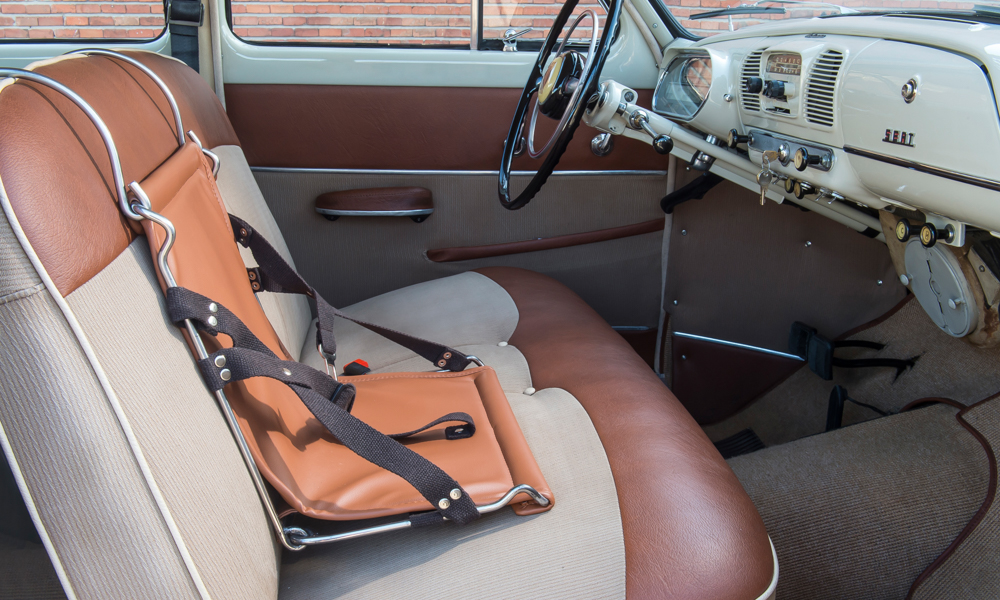
Child safety seats have only become really popular recently, with most new cars these days having Isofix tethers as standard equipment. But not too long ago, you could still buy vehicles without any provisions for these in-car chairs. Children and infants normally sat unrestrained or on someone else’s lap. But back in the 1950s, Spanish automaker Seat saw the potential dangers of leaving toddlers unbuckled in vehicles. To that end, the company came up with a concept for the child seat.
While the brand’s prototype was obviously nothing like the fully equipped seats that we can buy today, it was still quite an ingenious design. The seat material (which looks like leather) was stitched on a folding metal frame. The child was kept in place with two shoulder straps and one harness between the legs, joined together with a central buckle. Two hooks on top allowed it to hang on top of the backrest. When not in use, the child seat neatly folds into two and can be stowed in the trunk.
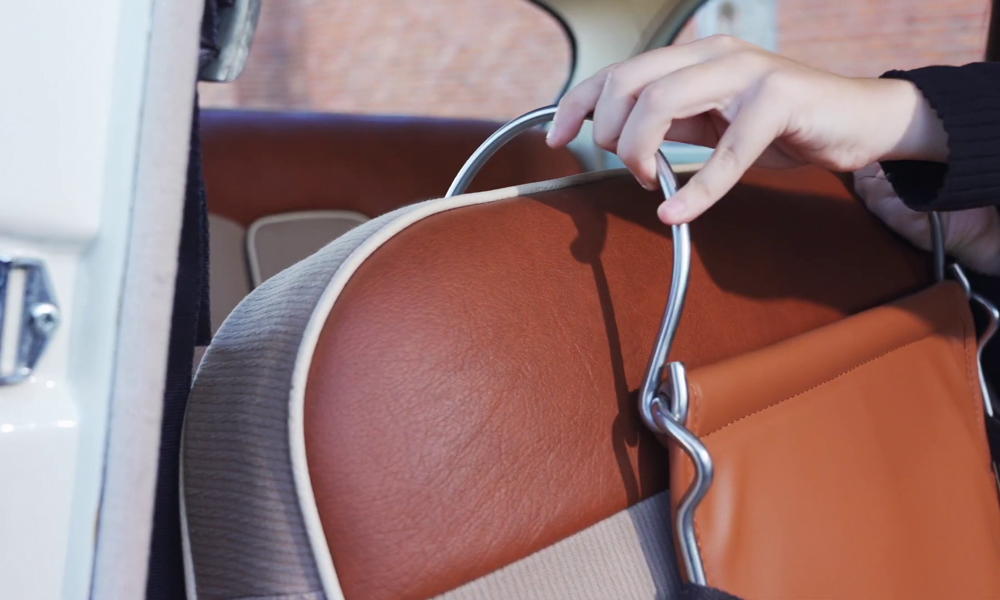
With Seat’s child, uh, seat being a prototype, it wasn’t perfect. At the time, seat belts weren’t mandatory so the possibility of the hooks slipping from the backrest during an accident was very real. In addition, the seat itself looked like it would fit only a small range of child heights unlike the infinitely adjustable safety seats of today. Still, it’s nice to see that car manufacturers back then were already working on how to keep children safe in motor vehicles.

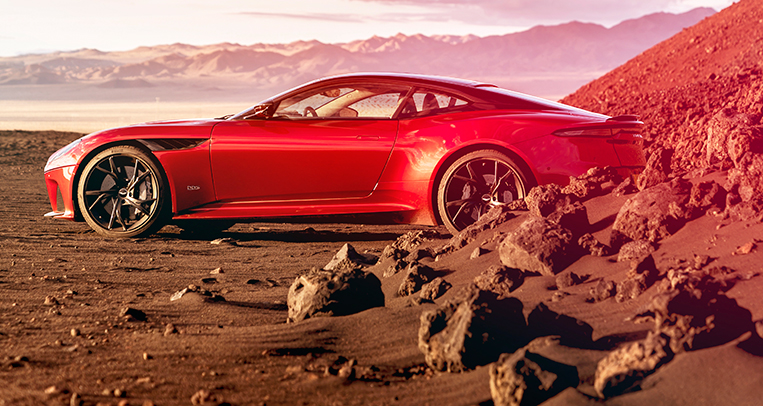
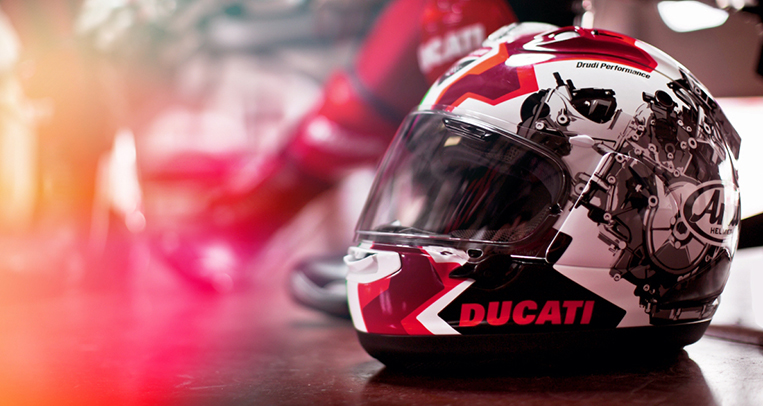


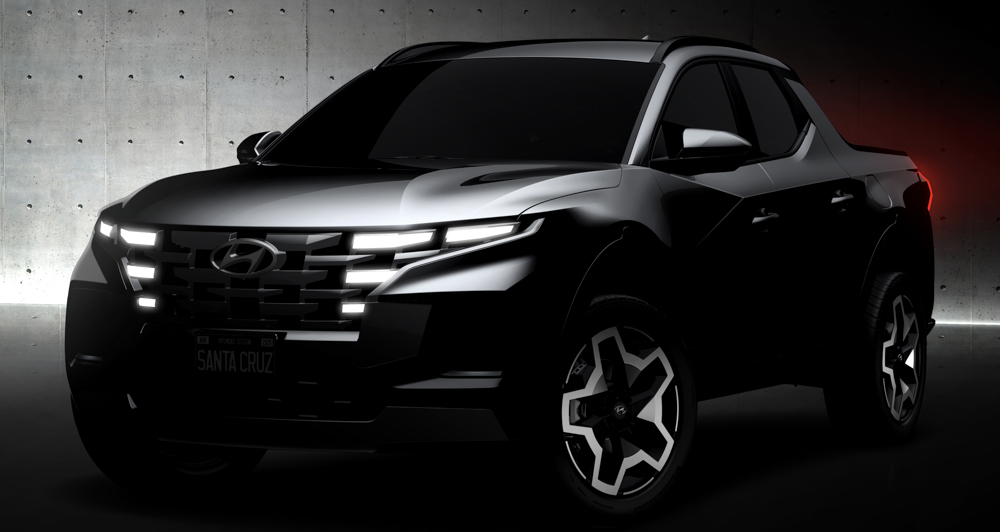





Comments